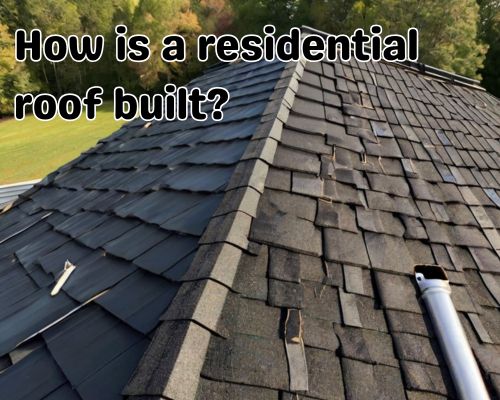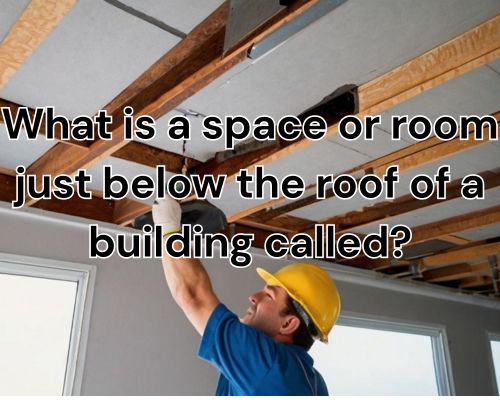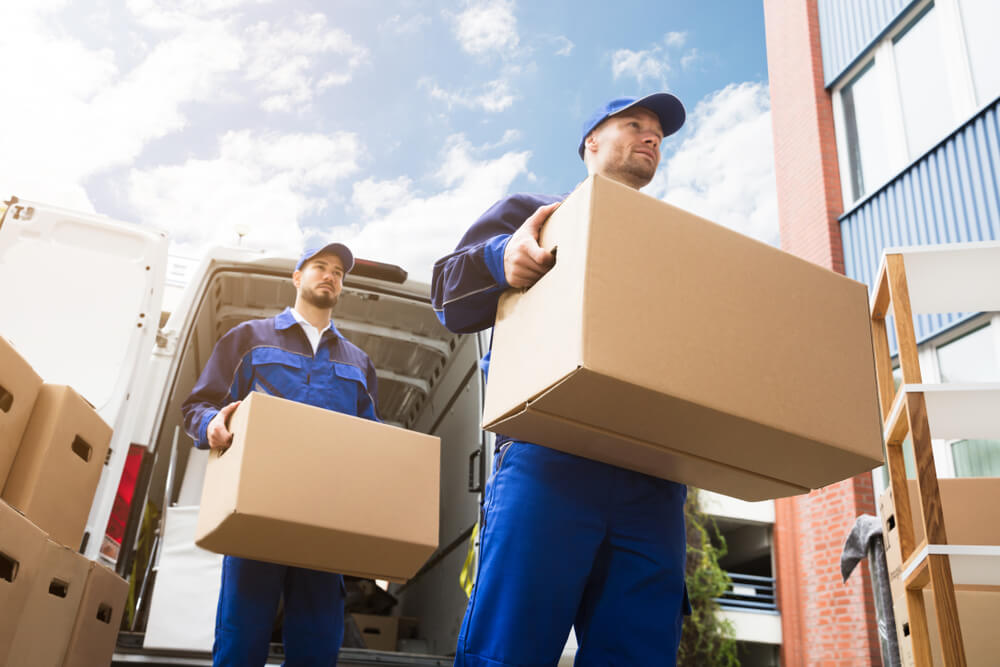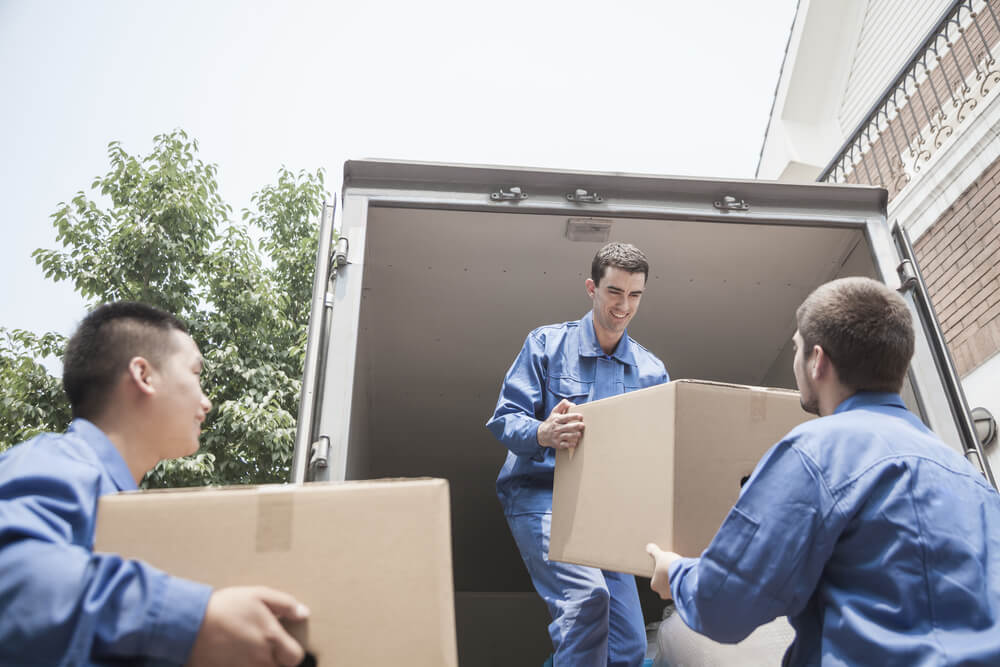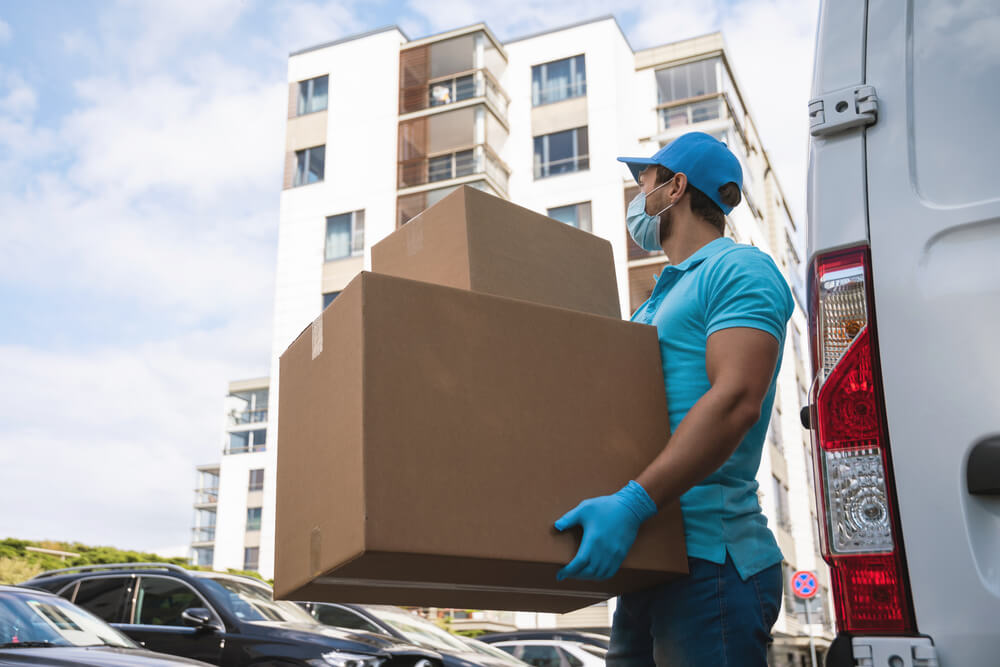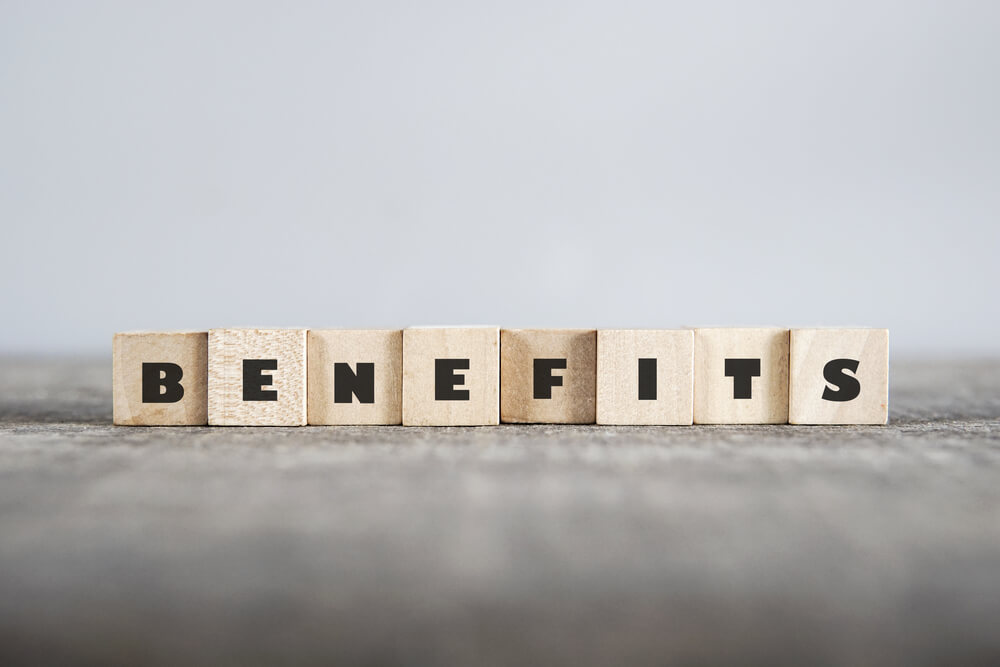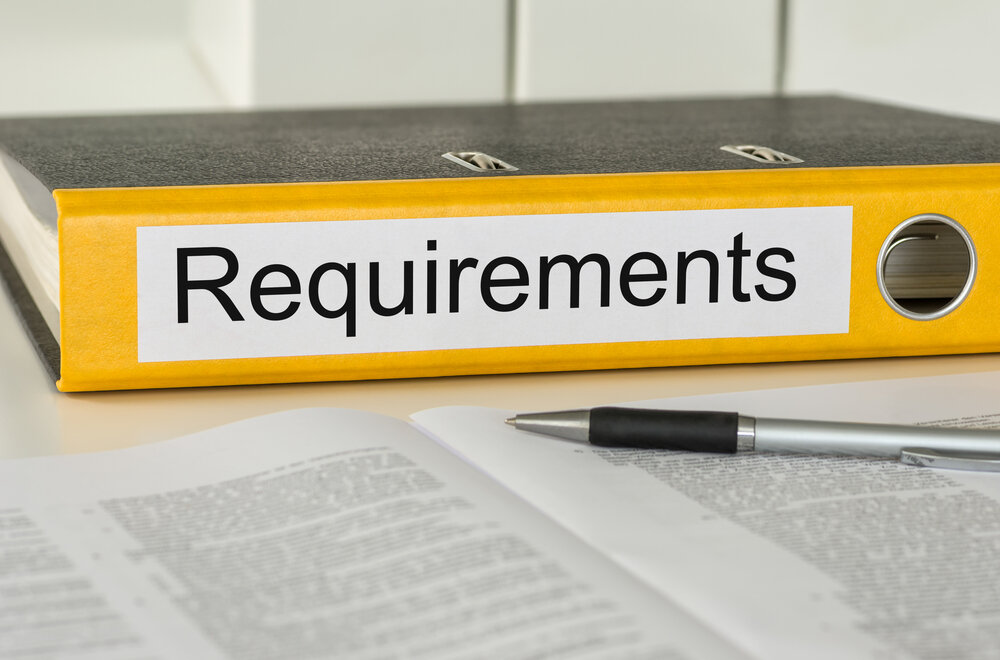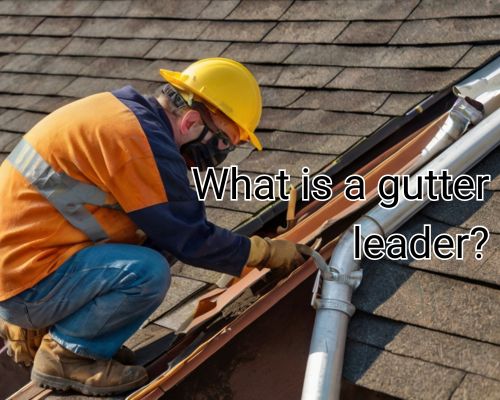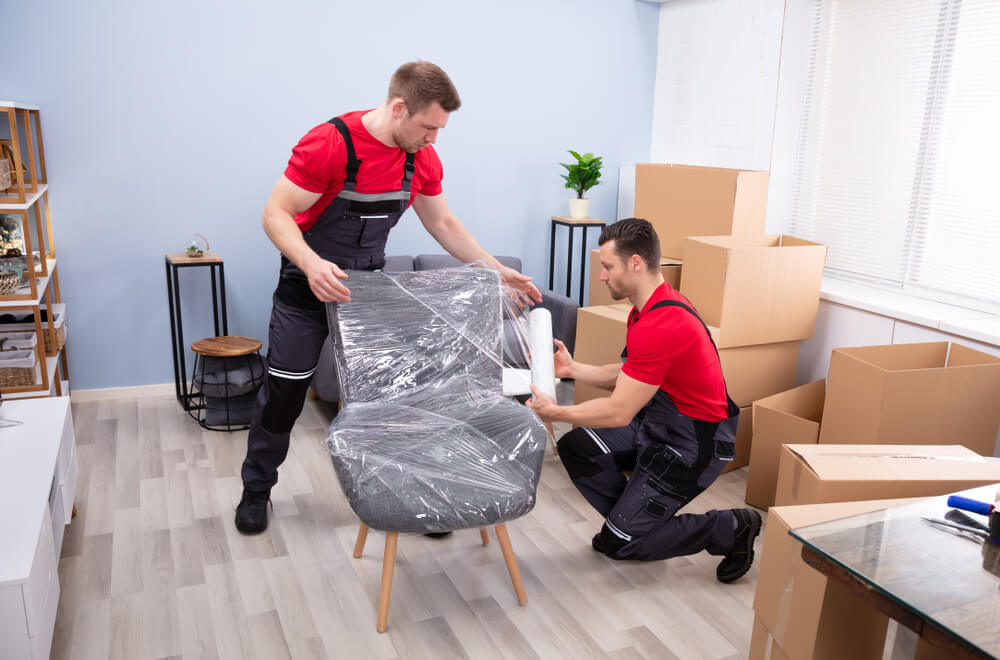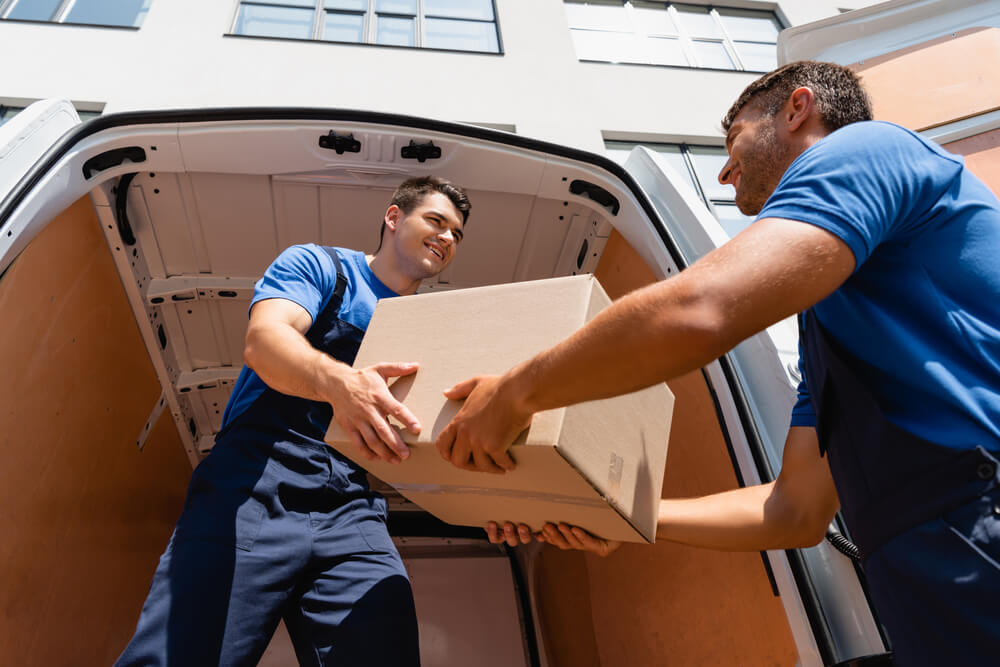Comprehensive Guide to Automatic Pool Covers: The Ultimate Safety Solution
Are you looking for the best way to keep your pool safe? An automatic pool cover is a high-tech safety barrier that completely seals your swimming pool with the turn of a key. These covers use hydraulic technology to create a strong horizontal barrier that prevents accidents while also saving energy and reducing maintenance.
Key Takeaways:
- Hydraulic technology keeps electrical components away from water for maximum safety
- Can support up to 250 kg per square meter – strong enough for multiple adults
- Opens and closes in under 60 seconds with simple key operation
- Creates a complete safety barrier that meets legal requirements
- Available for pools of all sizes and shapes including freeform designs
What Is an Automatic Pool Cover and How Does It Work?
Automatic pool covers use a smart system called “hydraulic direct drive” technology. Unlike other pool covers, this system keeps all electrical parts far from the water. The motor (called a Power Pack) sits safely next to your pool pump instead of near the pool edge.
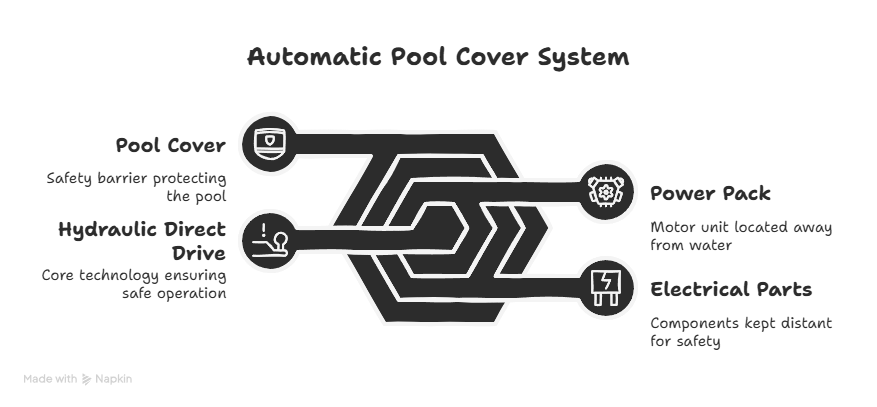
Understanding Hydraulic ‘Direct Drive’ Technology
The hydraulic system uses fluid pressure instead of direct electricity to move the cover. This makes it much safer than electrical alternatives. When you turn the key, the hydraulic system activates, pushing or pulling the cover along tracks.
Key Components of Automatic Cover Systems
An automatic cover system includes:
- Hydraulic motor (Power Pack)
- Track system along pool edges
- Durable cover material (often military-grade PVC)
- Key switch for operation
- Locking mechanisms for safety
Track-Guided Mechanism Explained
The cover moves along aluminum tracks installed on both sides of your pool. These tracks guide the cover as it opens and closes, ensuring it creates a tight seal when fully deployed.
Operation Process: From Key Turn to Full Deployment
Using your automatic cover is simple:
- Insert and turn the key
- The hydraulic system activates
- The cover extends or retracts along the tracks
- Complete deployment takes less than 60 seconds
- The cover automatically locks when fully closed
Safety Benefits of Automatic Pool Covers
Safety is the number one reason most pool owners choose an automatic pool safety cover. Let’s look at why they’re considered the ultimate safety solution.
Creating a Horizontal Safety Barrier for Your Pool
An automatic cover acts as a horizontal fence, completely sealing the water surface. This prevents accidental falls into the pool when adults aren’t watching.
Superior Weight Capacity: Supporting Up to 250 kg per m²
These covers are incredibly strong. They can support up to 250 kg per square meter – that’s equivalent to several adults standing on the cover at once! This strength ensures that even if someone walks on the closed cover, it won’t collapse.
Elimination of Electrical Hazards Near Pool Water
With the hydraulic motor located away from the pool, there’s no risk of electrical accidents near the water. This removes a major safety concern present with other automatic systems.
Preventing Unauthorized Pool Access
The cover can be locked when closed, preventing children, pets, or uninvited visitors from accessing the pool without supervision. Many systems include dual locking mechanisms for extra security.
Compliance with Pool Safety Legislation
South African law requires pools to have safety features. An automatic cover meets these requirements by creating a complete barrier that prevents accidental access.
Installation Options for Automatic Pool Covers
Automatic pool covers can be installed in different ways depending on your pool design and preferences.
Above-Ground Installation Process
Above-ground installations place the cover mechanism and tracks on top of your existing pool deck. This option is:
- Easier to install on existing pools
- More affordable than below-ground options
- Quicker to install
Below-Ground Integration for Seamless Aesthetics
For a cleaner look, below-ground installations hide the cover mechanism under your deck. When the cover is open, you won’t see any equipment. This option:
- Creates a seamless appearance
- Protects the mechanism from weather
- Works best with new pool construction
Adaptability to Pool Types: New Builds vs. Existing Pools
Automatic covers can be added to:
- Brand new pools during construction
- Existing pools with some modifications
- Both residential and commercial pools
Solutions for Freeform and Irregular Pool Shapes
Even uniquely shaped pools can use automatic covers. Special track systems can follow curves and irregular shapes, though rectangular pools are easiest to cover.
Customization Possibilities
Your swimming pool cover can be customized to match your pool area and meet your specific needs.
Available Color Options and Finishes
Covers come in various colors to complement your pool deck or landscaping. Popular options include:
- Blue
- Gray
- Green
- Tan
- Black
Size Compatibility: From Small to Very Large Pools
Whether you have a small plunge pool (5m x 3m) or a large lap pool (up to 25m x 8m), automatic covers can be custom-sized to fit perfectly.
Material Choices: Military-Grade PVC with UV Protection
Cover materials are designed to withstand harsh outdoor conditions. They include:
- UV protection to prevent sun damage
- Reinforced edges for durability
- Water-resistant materials
- Mildew-resistant treatments
Thermal Retention Options for Energy Efficiency
Some covers include insulating layers that help maintain water temperature. This can reduce heating costs by up to 70% by preventing heat loss.
Maintenance and Longevity
With proper care, your swimming pool safety cover will last many years.
Routine Care for Automatic Cover Systems
Basic maintenance includes:
- Rinsing the cover to remove debris
- Checking track systems for obstructions
- Lubricating moving parts annually
- Keeping the cover clean when closed
Expected Lifespan and Warranty Information
Quality automatic covers typically last 7-10 years with proper maintenance. Most come with warranties of 3-5 years on materials and 1-2 years on mechanical parts.
Cost Considerations and Return on Investment
While automatic covers require a significant initial investment (typically R50,000-R150,000 depending on size and features), they provide substantial long-term benefits:
- Reduced water evaporation (saving up to 90%)
- Lower chemical usage (up to 70% less)
- Decreased heating costs
- Reduced cleaning maintenance
- Potential insurance discounts
Comparing Automatic Covers to Other Safety Solutions
When considering pool safety options, automatic covers offer unique advantages over alternatives like nets or fences:
| Feature | Automatic Cover | Pool Fence | Pool Net |
|---|---|---|---|
| Ease of Use | One-key operation | Gates to open/close | Labor-intensive to remove |
| Visual Appeal | Seamless design | Visible barrier | Visible when installed |
| Heat Retention | Excellent | None | Minimal |
| Debris Prevention | Complete | None | Partial |
| Installation | Complex | Moderate | Simple |
| Cost | Higher | Moderate | Lower |
For complete protection, many homeowners combine a swimming pool cover roller system with additional safety measures like alarms or fencing.
Conclusion
Automatic pool covers provide unmatched safety, convenience, and efficiency for pool owners. With their robust construction, simple operation, and complete pool protection, they represent the gold standard in pool safety technology while also reducing maintenance and energy costs.









